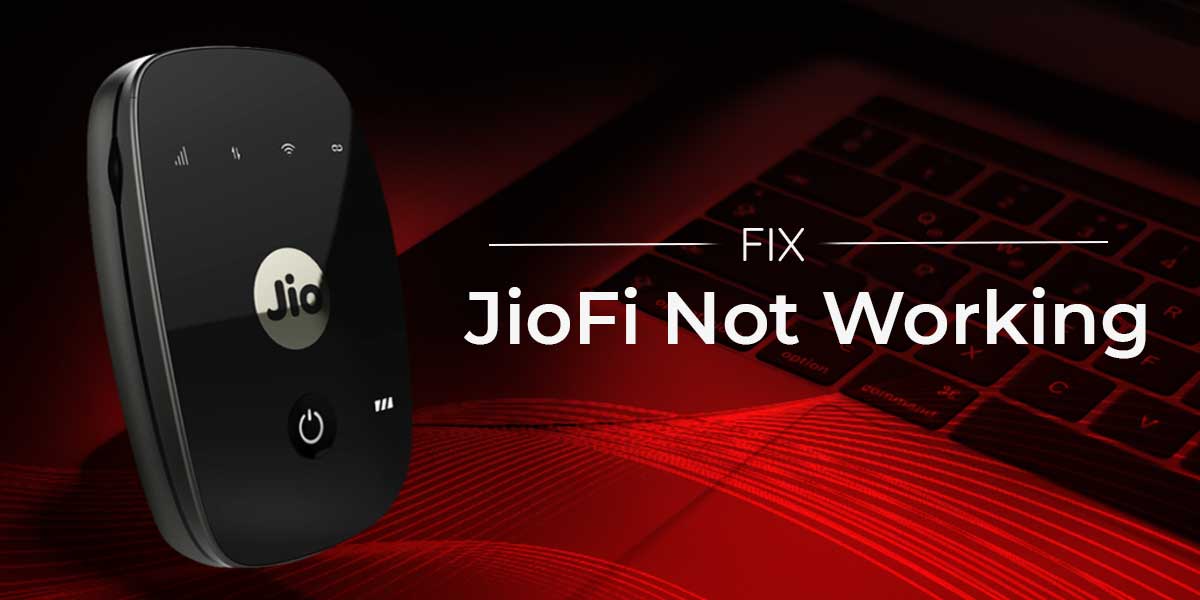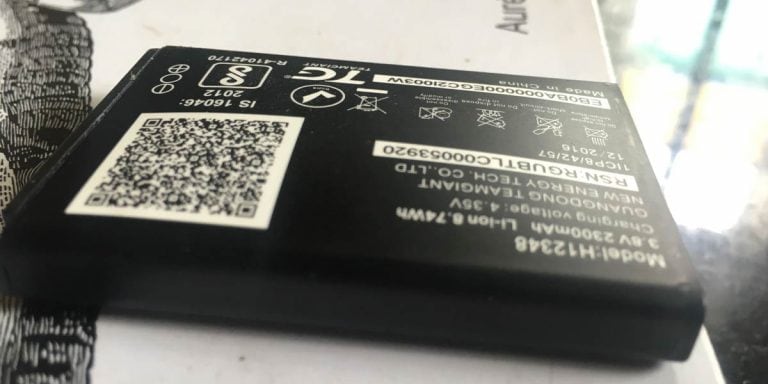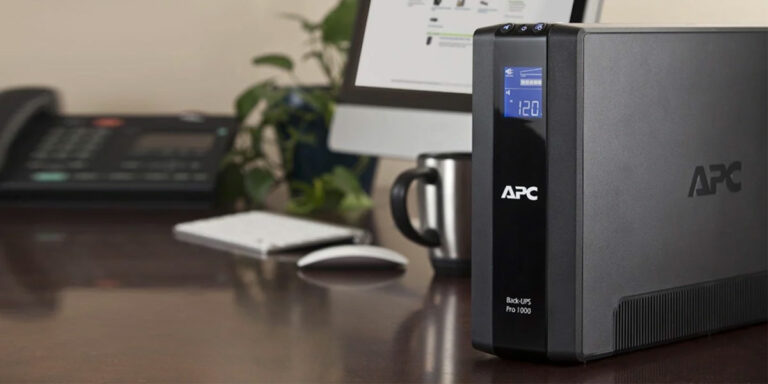Solve: JioFi Not Working
Is your JioFi not working? Is the JioFi not connecting to laptop? Is the JioFi showing red signal? Or is it that all the JioFi all lights are blinking? All these are issues faced by the vast majority of people who use the JioFi router as their choice of connection to the Internet.
Not being able to solve “JioFi Not Working” problems might get you into a big mess. Just imagine that your JioFi not charging might cause you to fail to submit an important document because you couldn’t connect to the internet.
We are here to solve all these problems and tell you how to be vigilant and prevent these from even occurring beforehand.
JioFi Indicator Lights

The JioFi routers have colour indicators where each colour has a different meaning. You can observe these colours to assess what the issue might be as a first step in solving the problem with your JioFi network problem.
If there is no Sim card inserted within the router or if there is a really bad network connection, the indicator emits the red light.
If you find that the indicator is emitting blue light, it means that the network connection is slightly poor, which affects the speed and consistency of the internet connection. The green light indicator means that you have the best possible network connection with optimal signal strength and optimal speeds.
Keeping in mind what the indications mean, you can vaguely make out where the issue might lie to take better actions to solve the problem.
Troubleshooting JioFi
Now that you know what the indicators on the JioFi mean, the problem with the connection still lies, which we need to fix. In order to do so, let us go through some troubleshooting procedures to fix the JioFi not working problem.
1. Remove and Reinsert the Sim
This is one of the most common ways to fix the problem. This is a method that every household has applied at least once instinctively without knowing about it. However, it does have a positive success ratio, so it is better not to leave it. Therefore in order to remove and reinsert the Sim:
- Find the grove on the back of the Jiofi router to remove the back panel.
- After that, find the Sim slot and pull out the Sim.
- Then wait for a couple of minutes.
- Finally, put the Sim card back in the slot (Make sure you put it in the right way) and close the back panel.
- Now when you start the JioFi router, it should be fixed.
2. Hard Reset JioFi
If your JioFi is not connecting to pc or a laptop, the most probable issue might be with the settings. Often, due to mishandling the settings, some sort of connectivity issue might occur. To solve this issue, the JioFI router must be reset. Do not confuse it with restart, as by reset, we mean a hard reset of the settings. To do so:
- First, make sure all the devices are disconnected from the JioFi router.
- Then simply take off the back panel. However, make sure that the router is still on while you do this.
- Now find the reset button, which should be right beside the battery.
- Now find a pin or something as small as a sim card ejector to push the reset button.
- Hold the button for up to 10 to 30 seconds, or until you find all the lights blinking.
- Once the blinking starts, let go of the button, and the router will switch on by itself.
- Now that the router is on, open it on your browser using its IP address to reconfigure its settings.
- Then, simply connect a device to the JioFi to see if the problem is solved.
Remember it is important to reconfigure the settings as resetting the router will cause it to revert back to its default settings.
3. JioFi Not Switching On
When your JioFi is not switching on, it is normal to assess that it is an issue with the battery. Although there might be some other hardware issue that’s causing this, the chances of the battery being at fault are highest. Therefore in order to check if the issue lies within the battery, try doing this:
- Take out the back panel of the router so that the battery is exposed.
- Then remove the battery and put the panel back on without the battery.
- Since the JioFi can be turned on without a battery, connect the charger to it and flip it on.
- Now switch on the router while it’s plugged into the charger.
- If it turns on, then the issue lies within the charger and not some other hardware issue.
- However, if it does not turn on, then it is possibly a hardware issue that needs to be looked at by a customer care center.
4. JioFi Shows Connected But No Internet
This is another one of the common issues where it says that your device is connected to the JioFi; however, there is no Internet connection. This can be quite annoying if you don’t know what is causing this to happen.
Firstly make sure you have an active plan for your JioFi router. It might be possible that the previous plan has simply expired and therefore it has disabled your access to the internet.
If this is not the problem, try doing these to fix it:
- Check whether your Sim card is properly inserted, especially if it is inserted the right way by taking out the router’s back panel.
- Try reinserting it just to make sure.
- Check if your router is charged and isn’t running on fumes.
- Try reconnecting again with the password after disconnecting it to all other devices.
- Check for a proper network by observing the JioFi lights indicator.
5. JioFi Software Update
If none of the above-mentioned methods have worked for you, then it only leaves this method as a last resort. You would need to visit a Reliance JIO customer service store and inform them of the issues that you are facing with the JioFi router. They will probably install an updated version of the software or, rather, a firmware on the router to fix it.
Tips To Get The Best Out Of JioFi
Here are some tips that might help you better understand the features of the JioFi router in order to get the maximum benefit out of it.
- Insert an active Jio Sim card into the device to check if there is an issue with the Sim slot.
- Switch off the JioFi when not in use to avoid the JioFi battery from swelling.
- Try and keep the router at the maximum possible charge at all times to prevent general issues.
- Make sure the router is not too far behind a wall or other things that might hinder its signal to your device.
- Make sure that the device that you are using is connected to the right JioFi router.
- Remember that the password is case sensitive and if you ever forget it, it can be found printed behind the battery inside the JioFi router.
- Observe where the signals are the strongest within your house. If there is a red light indication, then that place has poor network signals. Blue is slightly better but will still cause poor internet connection and speed. A green light indication means that the signals are strongest there, and that is the best spot to enjoy the high-speed connection of the JioFi.
- Limit the number of devices connected to the JioFi router because too many connected devices reduce the network bandwidth available for each device, making the connections slower to even zero.
If you can keep all these notes in mind, you will face the least number of issues while enjoying smooth internet surfing without any video buffer or lag.
Conclusion
Facing issues with the internet and router is an everyday problem. However, this can be solved. Connect the dots to find out which of the issues mentioned in this article are similar to something you are facing with your JioFi and find the answers there. Also, read the tips to get the most out of your JioFi router.




